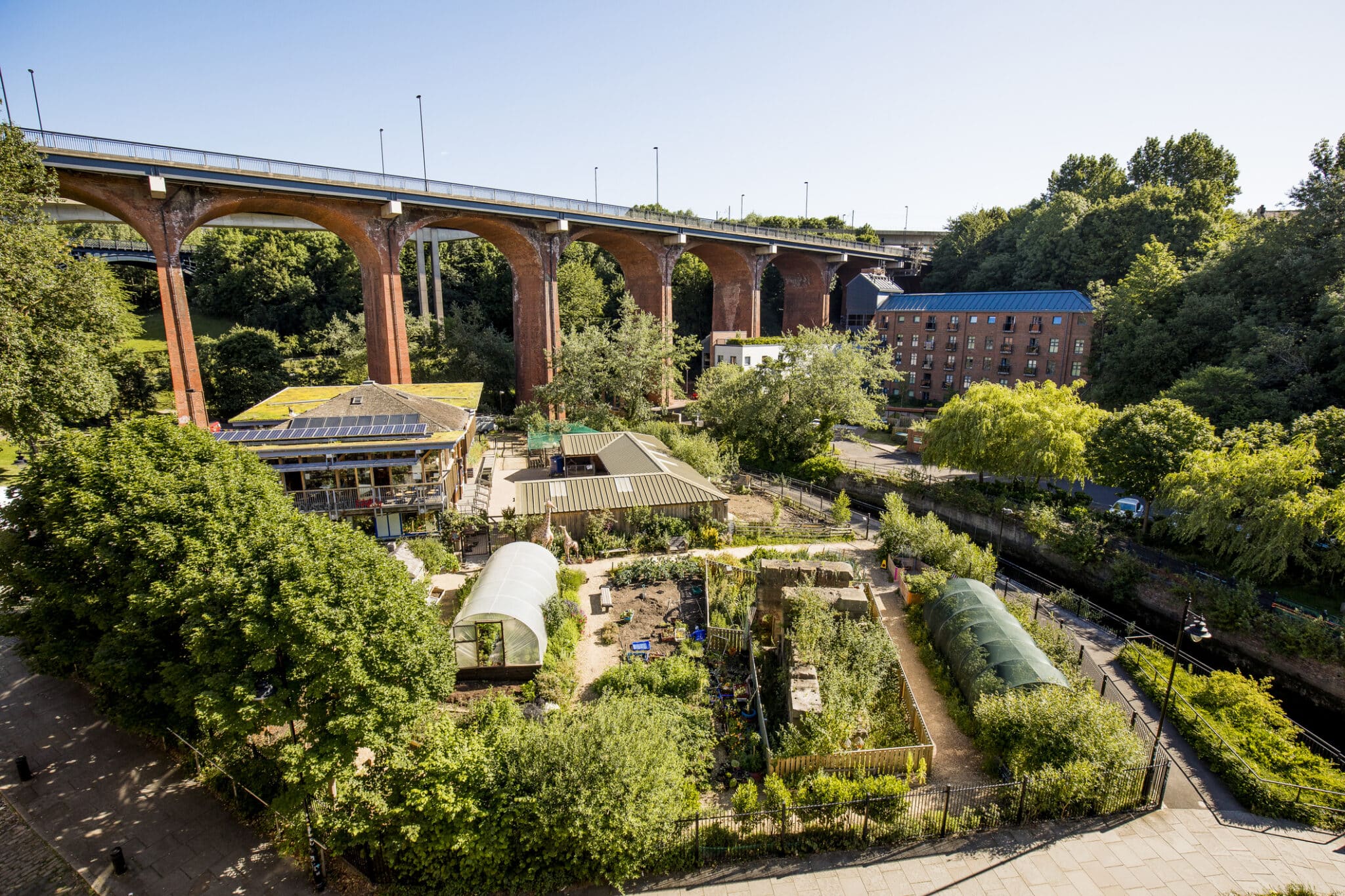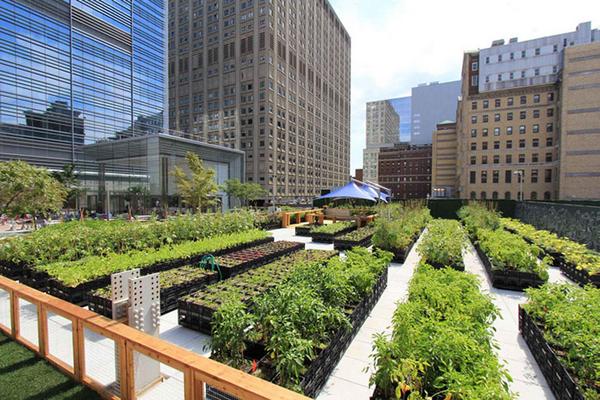Things about City Blooming
Things about City Blooming
Blog Article
All about City Blooming
Table of ContentsExcitement About City BloomingThe Buzz on City BloomingThe smart Trick of City Blooming That Nobody is DiscussingThe smart Trick of City Blooming That Nobody is DiscussingCity Blooming Fundamentals Explained
Fascinated in expanding food for sale in the City of Chicago? Below is a checklist of frequently asked questions regarding the rules and guidelines that growers need to consider when planning a city agriculture job.
The zoning change does not change any other codes taking care of composting, building authorizations, purchasing or renting City had residential or commercial property, business licenses or ecological contamination. There are existing codes that manage these issues and they stay completely impact and may apply to your task. Area gardens are commonly owned or managed by public entities, civic organizations or community-based organizations and maintained by volunteers.
Urban ranches expand food that is planned to be offered, either on a not-for-profit or for-profit basis. Due to their commercial function, metropolitan farms need a company license.
A Biased View of City Blooming
The quantity of garden compost material can not go beyond 25 cubic yards at any given time according to the criteria in 7-28-715 of the City's Municipal Code. Since the dirt at a lot of new garden sites needs changing, compost, dirt, timber chips, or other materials can be gotten to construct or improve the expanding area.

If a building authorization is needed then the hoophouse will be thought about an accessory building. You can learn more concerning the structure license demands by getting in touch with the Department of Buildings. The 25,000-square-foot dimension restriction is intended to avoid a single area garden from controling a provided block or taking away from the block's existing property or commercial personality.
The limitation does not relate to yards situated in Public Open Area (POS) districts. Can there be greater than one community garden that is 25,000 square feet on a solitary block? Yes. The dimension limit relates to specific gardens, not to specific blocks. No. Fence is not needed, however, gardens that have huge car park areas may be called for to install secure fencing or other landscaping features.
City Blooming Things To Know Before You Buy
B1 & B2 areas need that all business use activities be conducted inside. Is secure fencing needed for urban ranches? Fencings may be called for, along with landscape design and testing, for particular auto parking areas and outdoor work or storage space locations depending on location and the particular task taking area.
Yes. Urban ranches need building authorizations and zoning authorizations prior to building. Various other kinds of city testimonial might be required relying on details structures, tasks, size, landscape design, licensing, public heath and stormwater administration concerns. Most of these demands are recognized in the project design or allowing procedure, nonetheless, the candidate may be liable to separately determine particular licenses or allows that may be required.
Yes. The type of license is determined by what is happening at the website. The Division of Service Matters and Customer Protection can help figure out the certain type of company permit that's called for. Yes. Off road car parking is needed for a lot of industrial jobs in Chicago. The required variety of garage is based upon the number of workers working with site and not the square footage of the expanding room.
The Best Strategy To Use For City Blooming

An urban farm can market compost material created on website, nonetheless, the operation must comply with the policies in 7-28-715 of the Chicago Municipal Code. Aquaponic systems are permitted indoors on metropolitan farms in lots of zoning areas.
Up to five hives or colonies of honey bees might be maintained as an accessory usage. Nevertheless, beekeepers must sign up with the Illinois Department of Farming. For additional information concerning the recommended zoning amendment you might call the Department of Housing and Economic Development, Bureau of Preparation and Zoning at 312.744.8563.
Farming in cities and urban areas An urban farm in Chicago. Urban farming describes different methods of cultivating. https://clean-gondola-5c7.notion.site/City-Gardening-Transforming-Urban-Spaces-7213d2fdc6c341e8bd8975e4c2f79126?pvs=4, handling, and distributing food in urban locations. The term also relates to the area tasks of pet husbandry, aquaculture, beekeeping, and horticulture in an urban context. Urban agriculture is differentiated from peri-urban farming, which happens in backwoods beside suburbs.
The Ultimate Guide To City Blooming
It can involve a movement of natural growers, "foodies" and "locavores", that look for to form social media networks based on a common values of nature and community holism. These networks can establish using important link formal institutional assistance, becoming incorporated right into local community preparation as a "change community" activity for lasting metropolitan advancement.
Some of the first evidence of urban farming comes from Mesopotamia.
Report this page